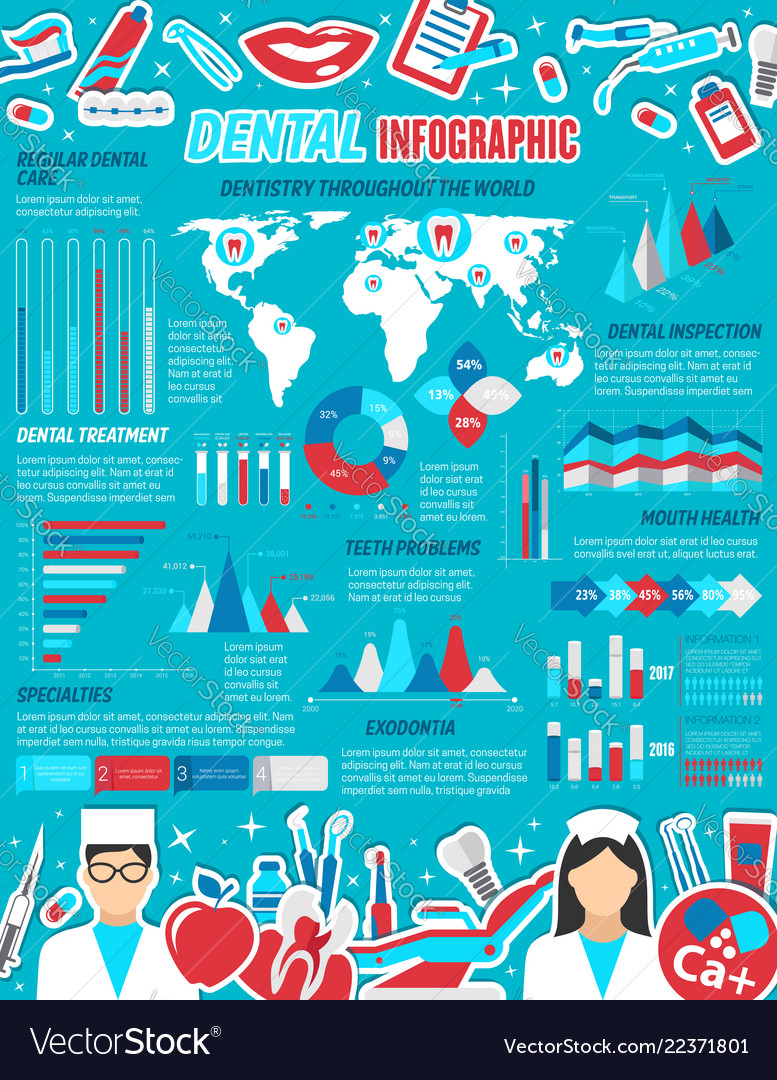The Next Period Of Oral Surgery: Innovation Innovations And Developments Improving The Specialty
The Next Period Of Oral Surgery: Innovation Innovations And Developments Improving The Specialty
Blog Article
Published By-Demir Mccall
Welcome to the world of dental surgery, where innovations and advances are forming the future of the field! In this amazing realm, you'll witness the transformative power of robotics, the sophisticated wonder of 3D printing, and the game-changing influence of minimally invasive techniques.
The future of oral surgery holds a pledge of accuracy, performance, and boosted person end results. With the help of advanced robotics, cosmetic surgeons are able to do complicated procedures with greater accuracy and control.
3D printing modern technology is transforming the creation of oral implants and prosthetics, using customized solutions that fit seamlessly right into each person's one-of-a-kind makeup.
Additionally, minimally intrusive strategies are minimizing post-operative discomfort and healing time, enabling people to return to their every day lives faster.
Get https://veneer-for-crooked-teeth49383.blogadvize.com/40311440/comparing-costs-dental-implants-vs-other-tooth-replacement-options to check out the amazing advancements and advancements that are improving the landscape of dental surgery!
Advancements in Robotics
One significant improvement in oral surgery is using robot innovation, which enables precise and reliable procedures. With the help of robotic systems, dental cosmetic surgeons have the capacity to perform intricate surgeries with improved accuracy, minimizing the threat of human error.
These robotic systems are furnished with advanced imaging innovation and specific tools that make it possible for cosmetic surgeons to browse via complex anatomical structures with ease. By making use of robot technology, surgeons can accomplish greater surgical precision, causing boosted person end results and faster recovery times.
In addition, the use of robotics in oral surgery allows for minimally intrusive procedures, decreasing the trauma to bordering cells and advertising faster recovery.
3D Printing in Dental Surgery
To enhance the field of dental surgery, you can explore the subtopic of 3D printing in oral surgery. This innovative modern technology has the potential to change the way dental cosmetic surgeons run and deal with individuals. Below are four crucial methods which 3D printing is shaping the field:
- ** Personalized Surgical Guides **: 3D printing allows for the production of extremely precise and patient-specific medical guides, enhancing the precision and performance of treatments.
- ** Implant Prosthetics **: With 3D printing, oral specialists can create tailored implant prosthetics that completely fit a patient's one-of-a-kind makeup, resulting in much better end results and individual complete satisfaction.
- ** Bone Grafting **: 3D printing enables the manufacturing of patient-specific bone grafts, lowering the demand for typical grafting methods and enhancing recovery and recuperation time.
- ** Education and Educating **: 3D printing can be used to produce practical medical models for educational purposes, permitting dental surgeons to practice complex treatments prior to doing them on individuals.
With its prospective to enhance accuracy, personalization, and training, 3D printing is an exciting development in the field of dental surgery.
Minimally Invasive Strategies
To further advance the field of dental surgery, welcome the possibility of minimally intrusive methods that can significantly benefit both specialists and clients alike.
Minimally invasive techniques are changing the field by reducing medical injury, decreasing post-operative pain, and increasing the recovery procedure. These strategies include using smaller sized incisions and specialized tools to do treatments with accuracy and performance.
By utilizing innovative imaging innovation, such as cone beam calculated tomography (CBCT), cosmetic surgeons can precisely prepare and implement surgical procedures with minimal invasiveness.
Additionally, making use of lasers in dental surgery permits exact tissue cutting and coagulation, causing minimized blood loss and reduced healing time.
With minimally invasive techniques, individuals can experience faster healing, reduced scarring, and improved results, making it a vital facet of the future of oral surgery.
Conclusion
So, as you can see, the future of dental surgery is unbelievably encouraging, with exciting advancements and breakthroughs forming the field.
From the advancements in robotics to using 3D printing and minimally intrusive methods, oral cosmetic surgeons are reinventing the method they give treatment.
While bethel dental might stress over the prospective price related to these developments, it is necessary to remember that these modern technologies ultimately boost person results and minimize recuperation time, making them well worth the financial investment over time.
